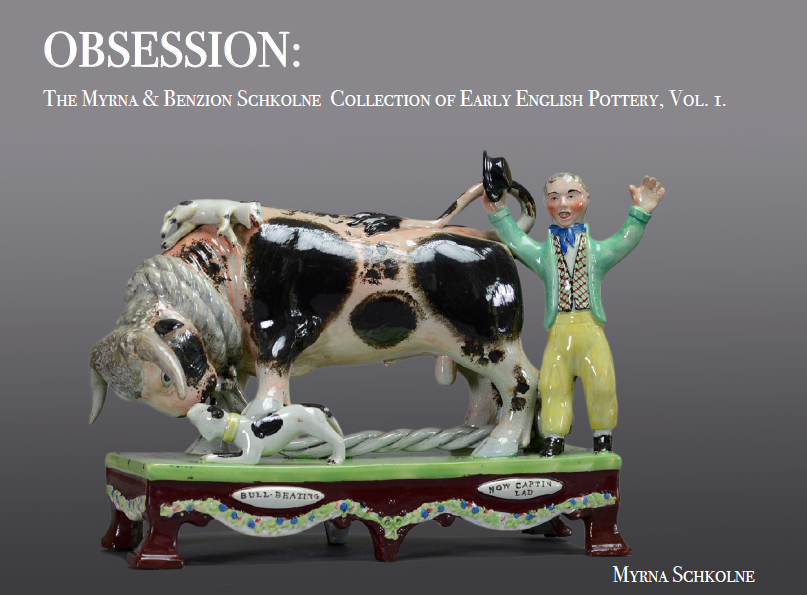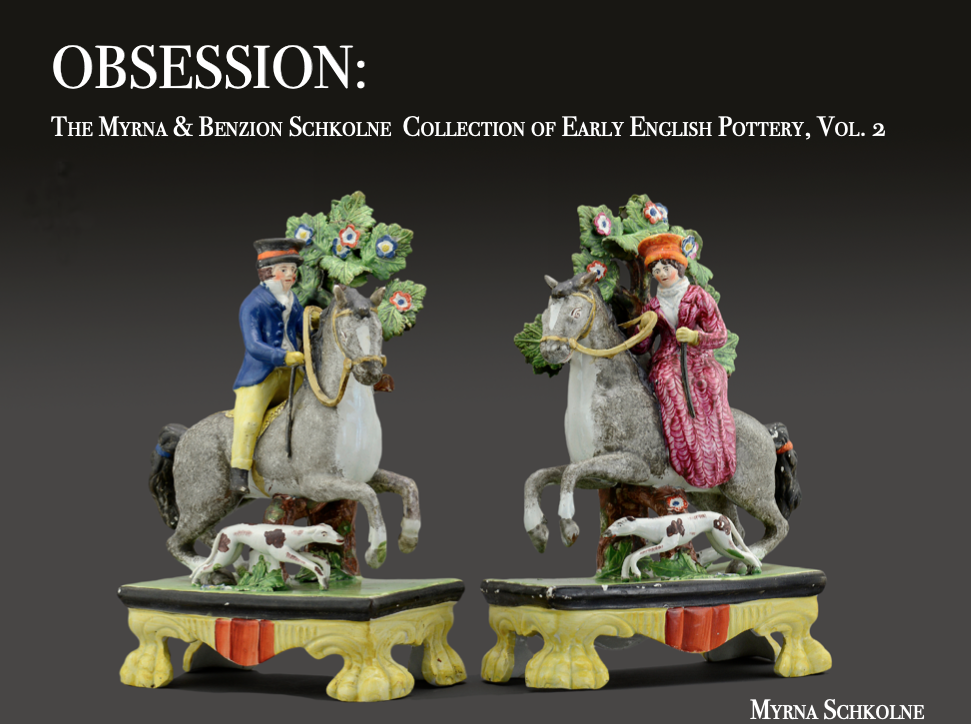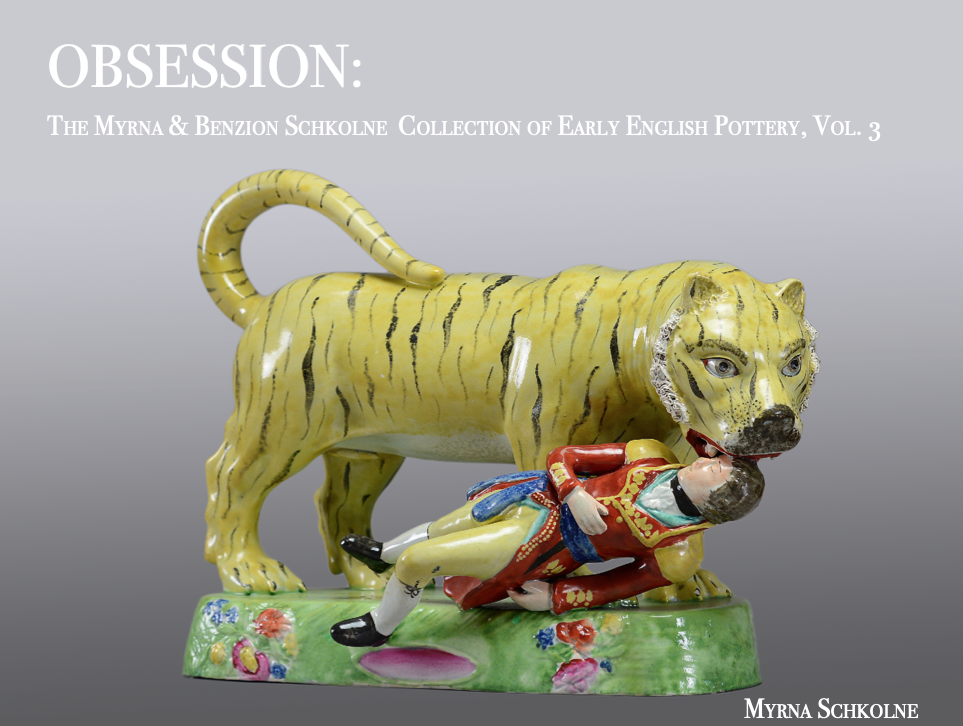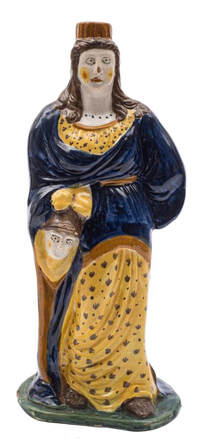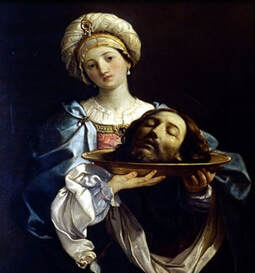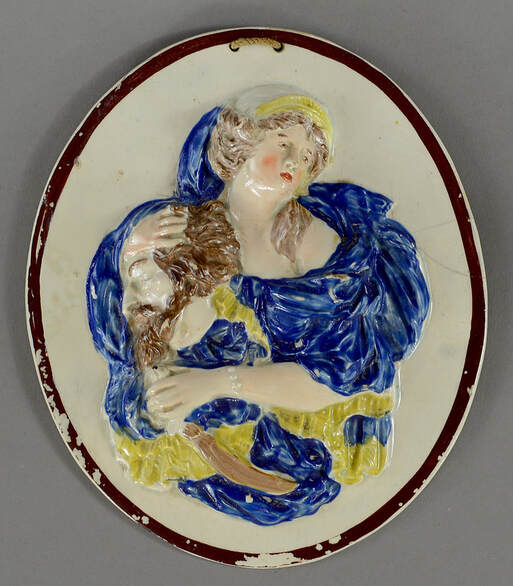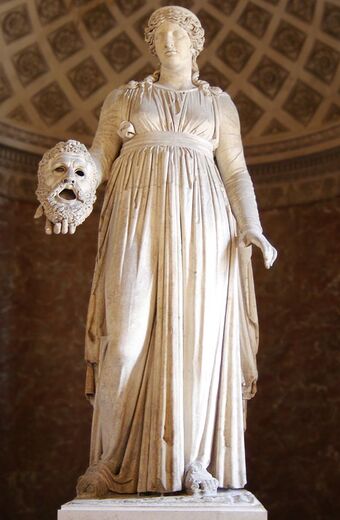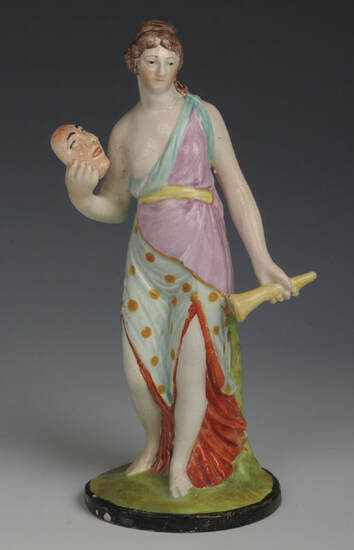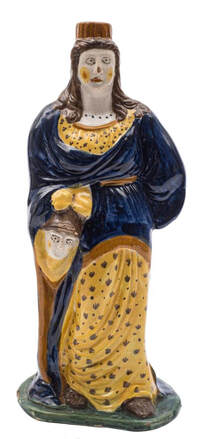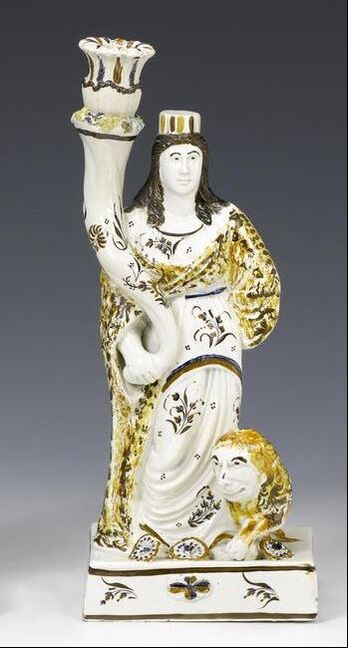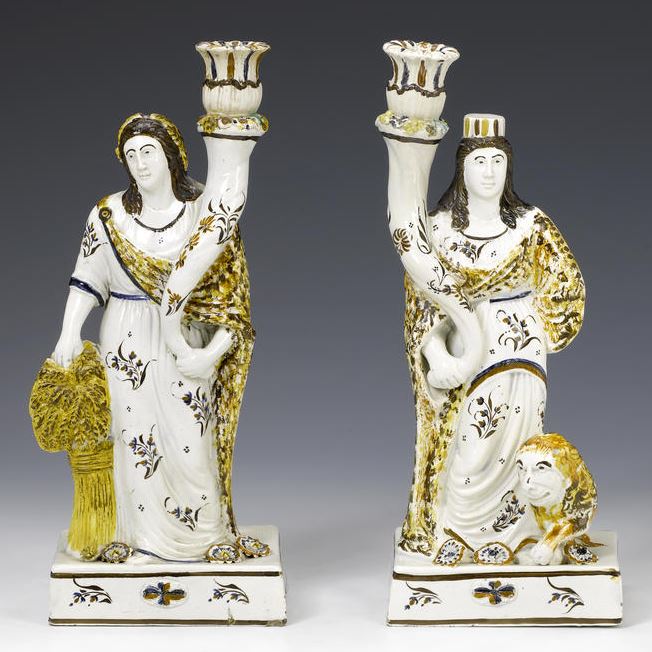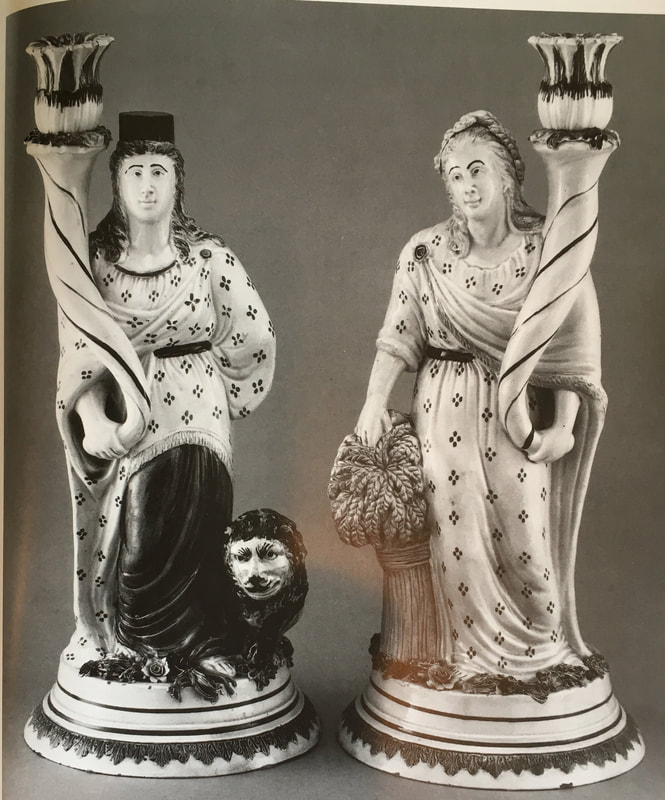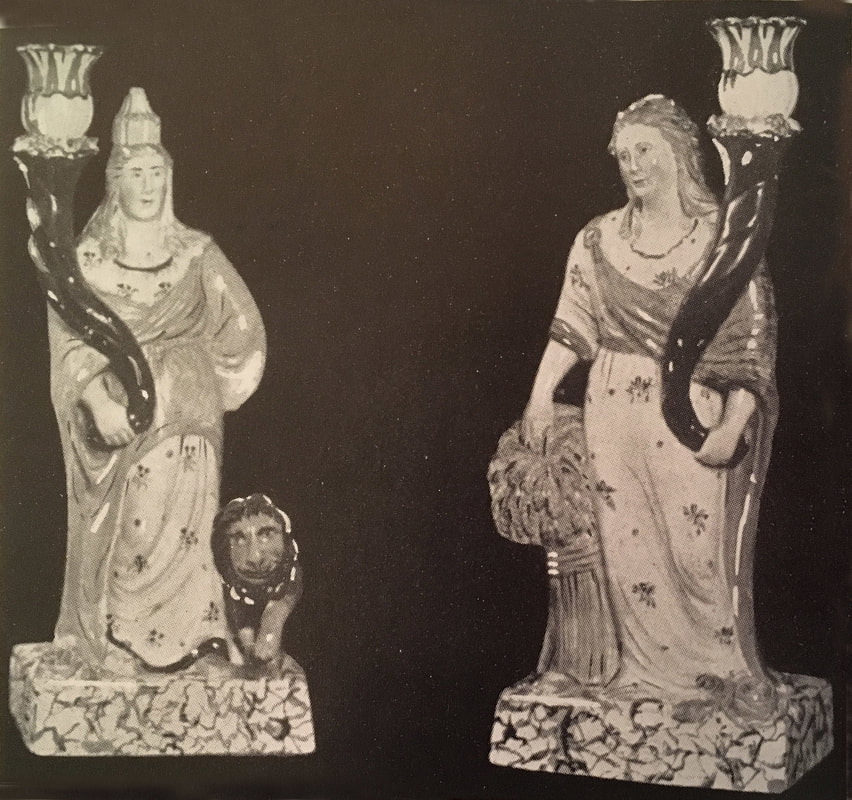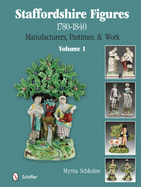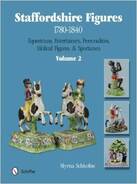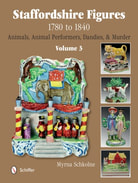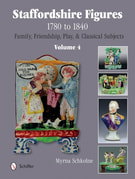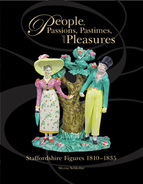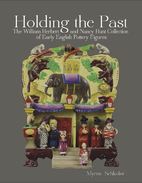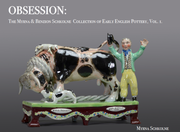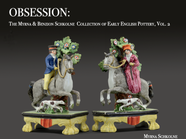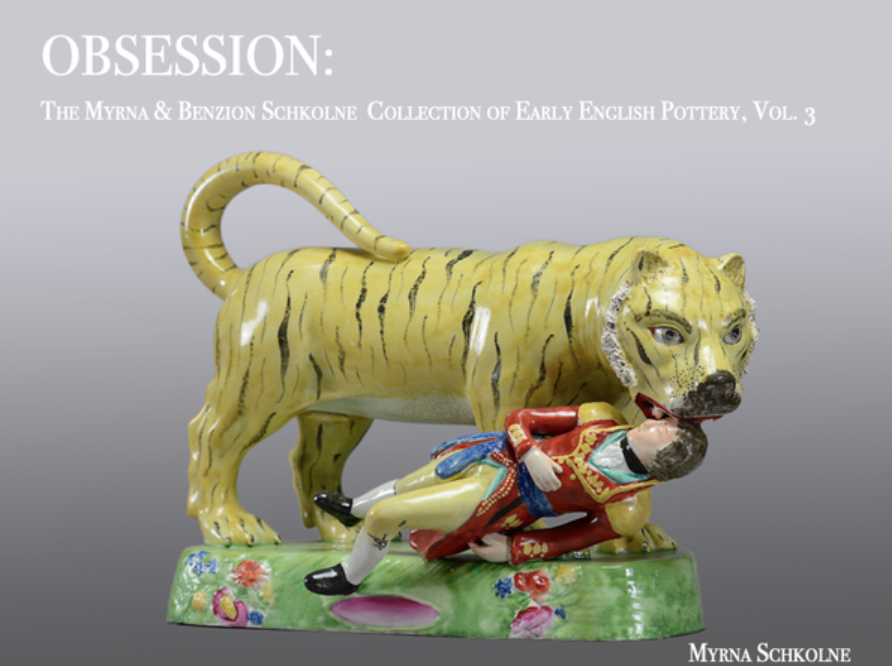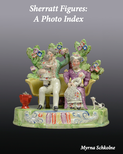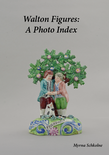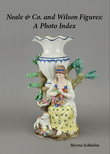|
To kick off the new decade, the third edition of Obsession is now available on the BOOKS menu at the top of this page. Because of its size, it is formatted for free download in three volumes, each distinguished by its cover. I welcome feedback, good or bad.
1 Comment
The year 2020 starts with yet one more early Staffordshire figure mystery. This month, auctioneers Bearnes, Hampton, & Littlewood, will be offering the very unusual figure shown below. The maiden is, I must admit, far from beautiful,.....yet her very ugliness is mesmerizingly attractive. The mystery lies in her identity. The auction house suggests she may be Herodias holding the head of John the Baptist, That's a nice guess but I think it's a long shot. In my experience, figures of this kind are classical rather than biblical in nature. In researching our mystery maiden, I learned that Herodias is depicted in Renaissance art clutching the head of John the Baptist. To add to my confusion, the same painting occurs titled "Herodias with the head of John the Baptist" and "Salome with the head of John the Baptist". Seems artists weren't sure whether to credit mother or daughter with with the gory deed. In any event, I just don't think this biblical yarn inspired our mystery figure. The other biblical woman famed for decapitating a powerful man is Judith. She is remembered for reducing the Assyrian general Holofenes to a drunken stupor and then gleefully slicing off his head. Today, this gory deed is better known than that of Herodias/Salome, probably because the subject is more common in Renaissance art. However, I have only recorded one Staffordshire pottery portrayal. Shown below, it is a small plaque in the Hunt Collection. Having eliminated Judith and Herodias as inspiration for the mystery maiden, I suggest that she may be Melpomene, the muse of tragedy, who traditionally is portrayed holding a mask. The figure of Melpomene, shown below, is decorated in pretty enamel colors. Other versions of this figure also occur. As you have no doubt observed, our mystery maiden--rightly or wrongly henceforth dubbed Melpomene--- is decorated in a muddy and rather limited palette. That's because the colors are oxides that have been applied UNDER the glaze rather than on top of it, and the result is that typical Pratt ware appearance. I have seen our Melpomene previously, but in a somewhat altered form. Here she stands alongside a figure portraying the earth mother, Cybele. Notice the similarities? Clearly, the figures share many common body parts. The figure of Cybele is usually found paired with another of Ceres. As might be expected, Ceres, the goddess of agriculture, has wheat at her side, while Cybele, as the earth mother, is accompanied by a lion. Both Ceres-Cybele pairs shown below are decorated under the glaze in a typical Pratt palette, and both are formed as candleholders. All these figures are sizable. Melpomene, the smallest, is over 10" tall (26 cms), but Cybele and Ceres, because of their candleholders, are even taller. I have recorded but one example of Cybele and a companion Ceres decorated in pretty enamel colors. Unfortunately, I only have a black and white image of these beauties, and it was published 55 years ago. To add yet another mystery to the mix, this enamel-painted pair is Inscribed "John Cartledge at the Lodge in the plantation COWBRIDGE 1800." There is no other record of this maker's work....or perhaps there is and we have yet to find it? There is no telling what 2020 will bring. Most importantly, I hope it brings each of you whatever you wish for yourselves. Happy new year!
PS: Another mystery: I remain puzzled as to why Melpomene's feet are painted brown. They look more like paws. A mistake....or am I missing something here? |
Archives
February 2024
All material on this website is protected by copyright law. You may link to this site from your site, but please contact Myrna if you wish to reproduce any of this material elsewhere. |
